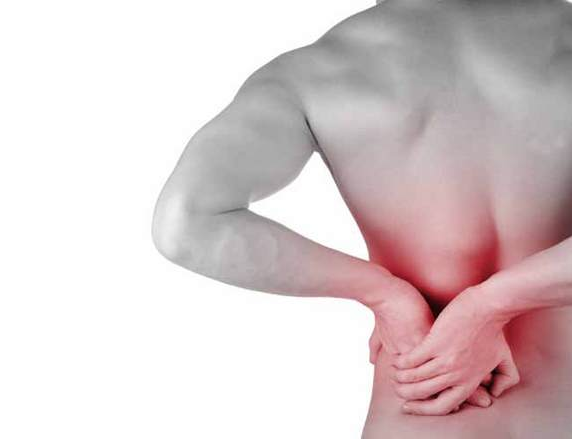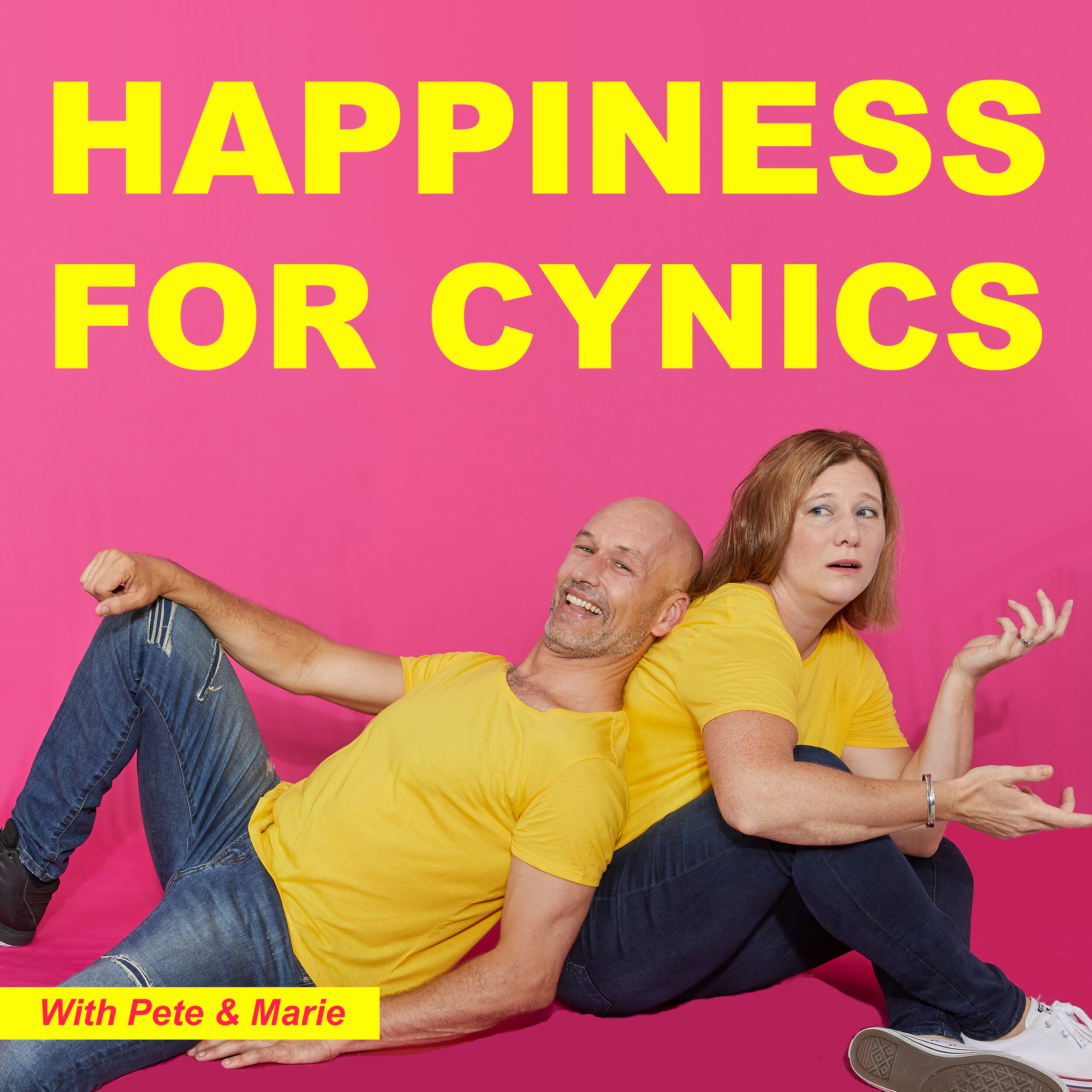I say to many of my clients ANY movement is good movement. This is difficult to qualify sometimes as there are certain individuals whom take that as Carte Blanche to get straight back into full blown, high intensity full load of training. However for most people trying to get the body out of pain and into feeling normal is difficult if they haven’t already had an active movement based regime in place already. For these sorts of people MOVEMENT IS VITAL. To move is to have blood flowing into areas and to keep elasticity of the all important muscles, tendons and fascia (soft tissues) at some sort of measurable level of operation.
Muscular soreness and fatigue is probably the most obvious challenge to recovering from an event. Muscle fibre necrosis in post event athletes can take up to 2 weeks to recover to adequate levels to allow for re-engaging with training or physical activity. Thus resting sufficiently to allow for repair is ideal. This doesn’t mean parking yourself on the couch and setting yourself up with the latest Netflix series and never leaving the house.
Shoulder Dislocation is the term that is often thrown around for any disruption to the shoulder area. However, technically this is not true as a dislocated shoulder refers more to the joint that is the glenohumeral joint. When the arm bone comes out of the fossa (socket) this is technically a shoulder dislocation.
Injury to the Acromio-Clavicular joint is slightly different and technically is termed a Separated Shoulder. It is usually the dislocation of this ‘strut’ that lies over the top of the actual ball and socket joint (glenohumeral) which is the shoulder articulation. The AC Joint is particularly indicated when you have a fall or impact to the area. And just to make more use of the anagram (or ‘I’m rather clever speak’) the term coined is FOOSH (Fall On OutStretched Hand).
When a change in job and career came for a regular client, something had to give from his usual routine. His training stayed but his regular massage treatments didn't. I didn’t see Bill for almost 3 months. Having been my most regular client over the past 8 years, I was intrigued when eventually I saw Bill again on my table, what the effect of having not had his regular treatments had brought to his work/life/training balance. So what did he find different?



